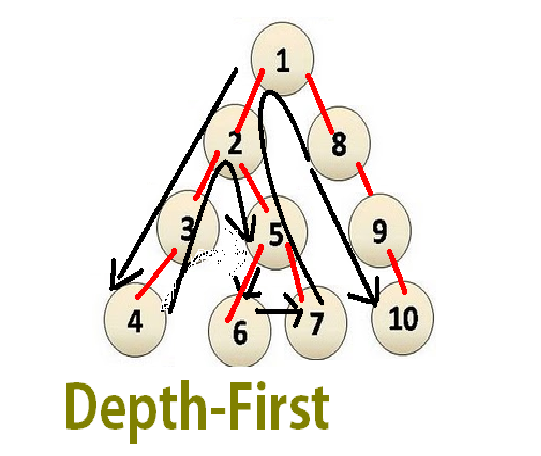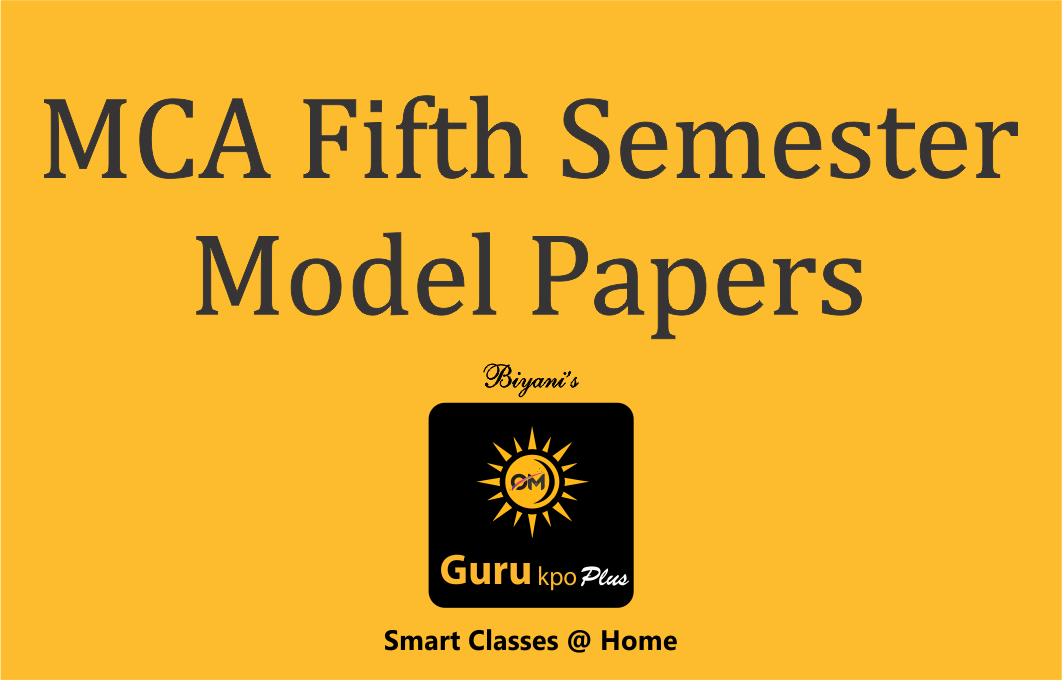
Depth-first search (DFS) is an algorithm for traversing or searching tree or graph data structures. One starts at the root and explores as far as possible along each branch before backtracking.
A version of depth-first search was investigated in the 19th century by French mathematician Charles Pierre Trémaux as a strategy for solving mazes.
The order of Excution of nodes are as :1, 2, 3, 4, 5, 6, 7, 8, 9, 10.
Pseudo code:
Input: A graph G and a vertex v of G
Output: All vertices reachable from v labeled as discovered
A recursive implementation of DFS:
1 procedure DFS(G,v):
2 label v as discovered
3 for all edges from v to w in G.adjacentEdges(v) do
4 if vertex w is not labeled as discovered then
5 recursively call DFS(G,w)
A non-recursive implementation of DFS:
1 procedure DFS-iterative(G,v):
2 let S be a stack
3 S.push(v)
4 while S is not empty
5 v = S.pop()
6 if v is not labeled as discovered:
7 label v as discovered
8 for all edges from v to w in G.adjacentEdges(v) do
9 S.push(w)
Applications: There are various applications of DFS.
• Finding connected components.
• Detecting cycle in a graph.
• Finding connected components.
• Finding the bridges of a graph.
• Generating words in order to plot the Limit Set of a Group.
• Finding strongly connected components.
• Planarity testing.
• Solving puzzles with only one solution, such as mazes. (DFS can be adapted to find all solutions to a maze by only including nodes on the current path in the visited set.)
• Maze generation may use a randomized depth-first search.
• Finding biconnectivity in graphs.









